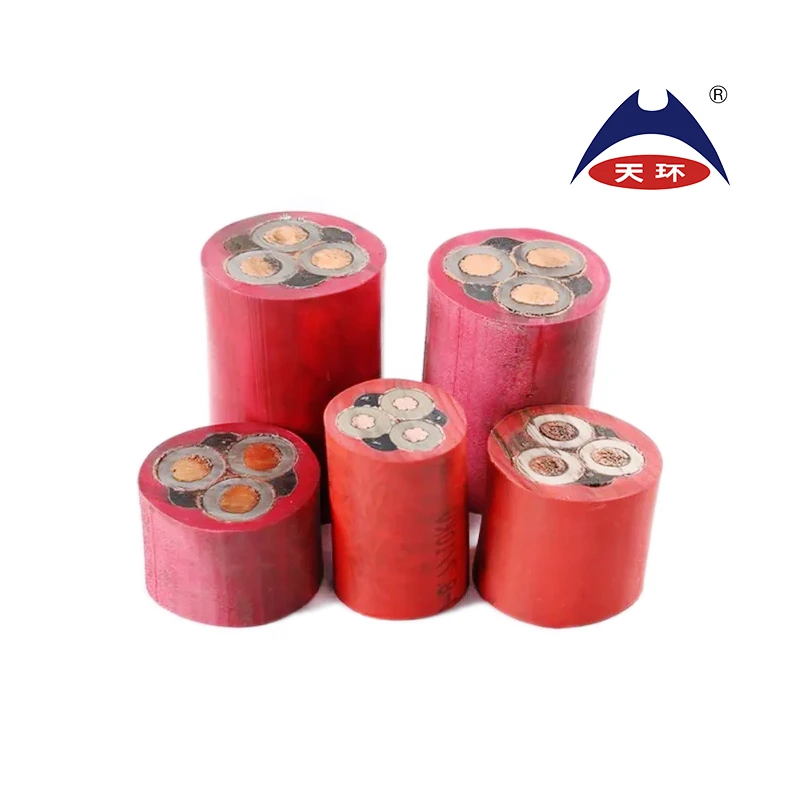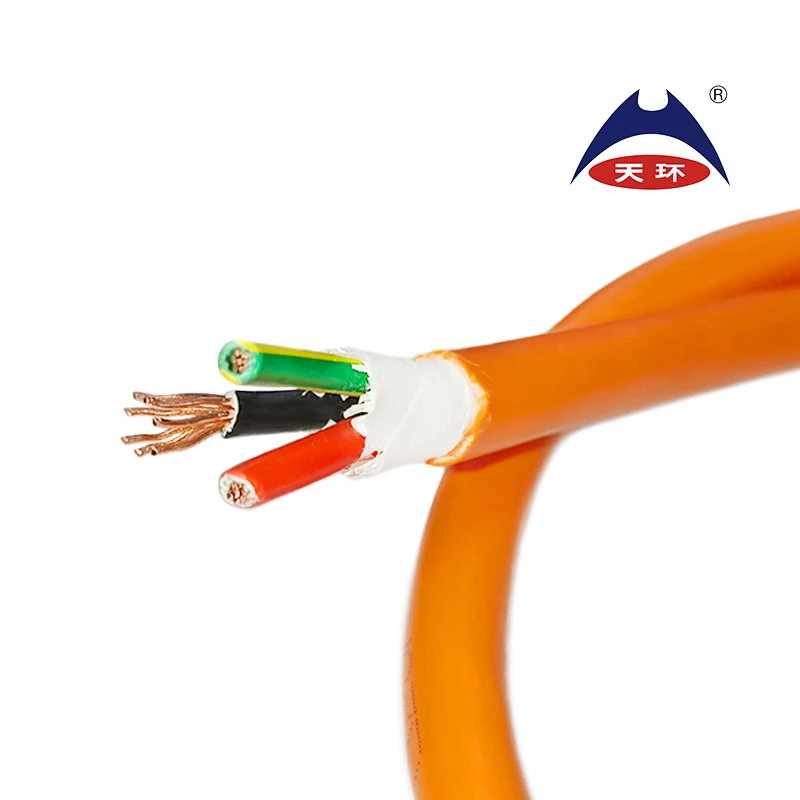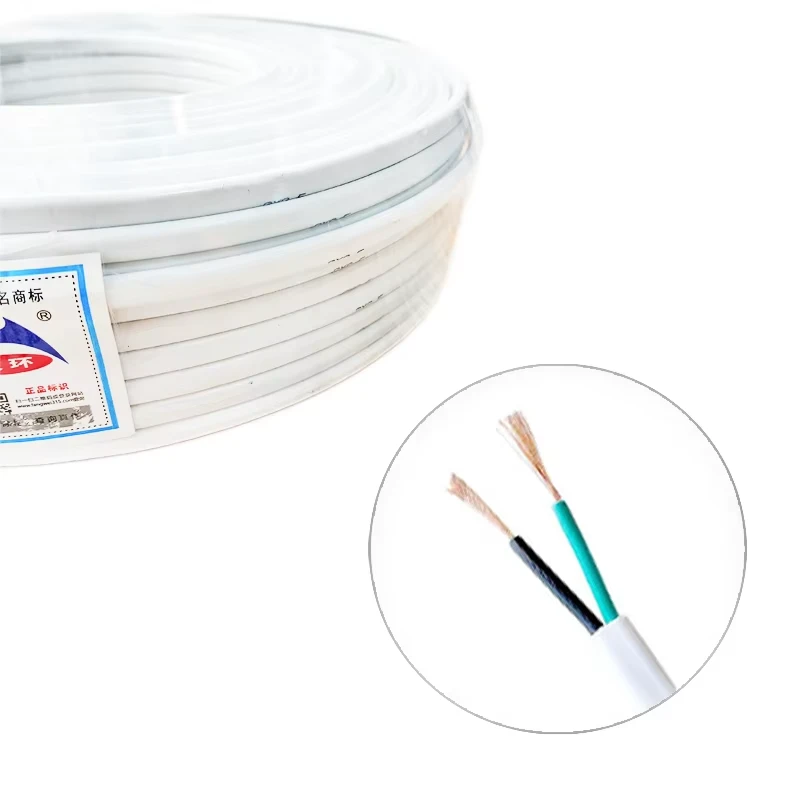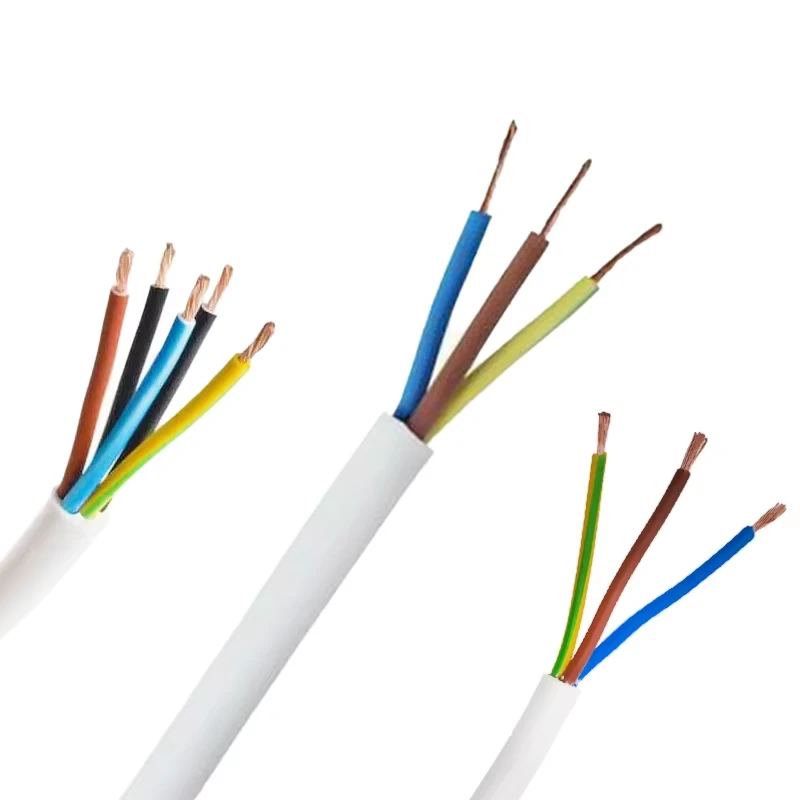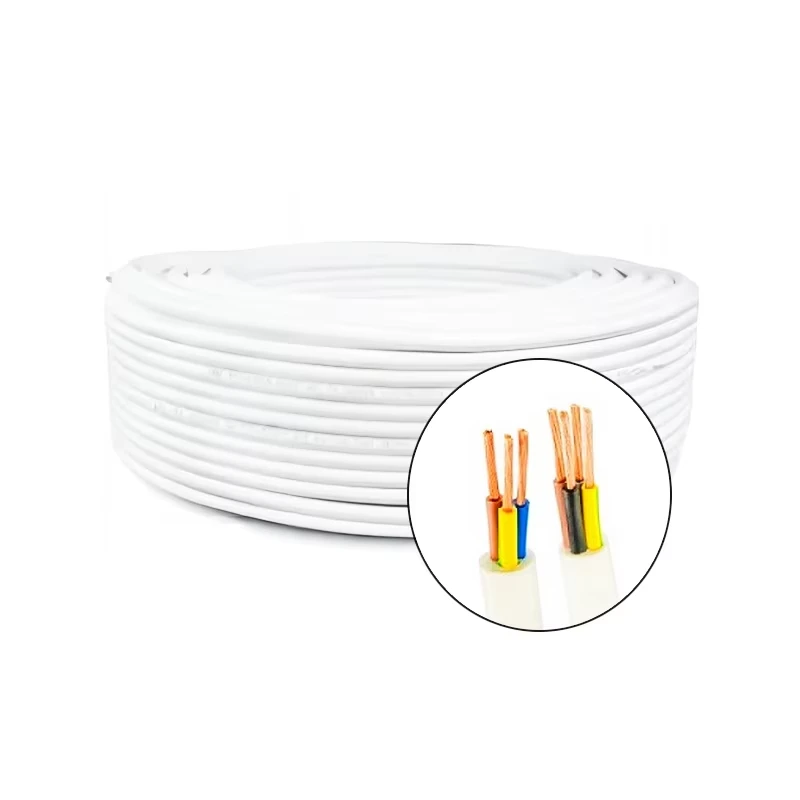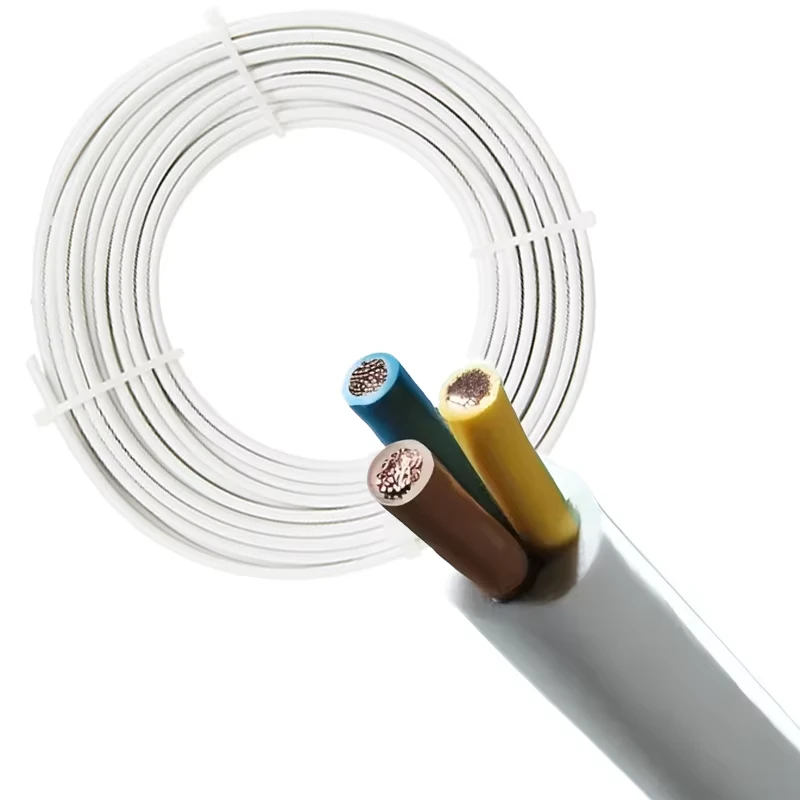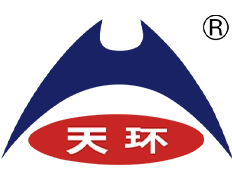
High Quality 3 Core Cable & 6 Core Control Cable Supplier Reliable Control Cable Company
- Introduction: The Integral Role of 3 Core Cable in Modern Industries
- Technical Specifications and Performance Data
- Comparing Leading 6 Core Control Cable Companies
- Customizable Solutions for Complex Installations
- Application Scenarios and Case Studies
- Future Trends and Sustainability Considerations
- Conclusion: Why 3 Core Cable Is the Go-To Choice for Control Needs
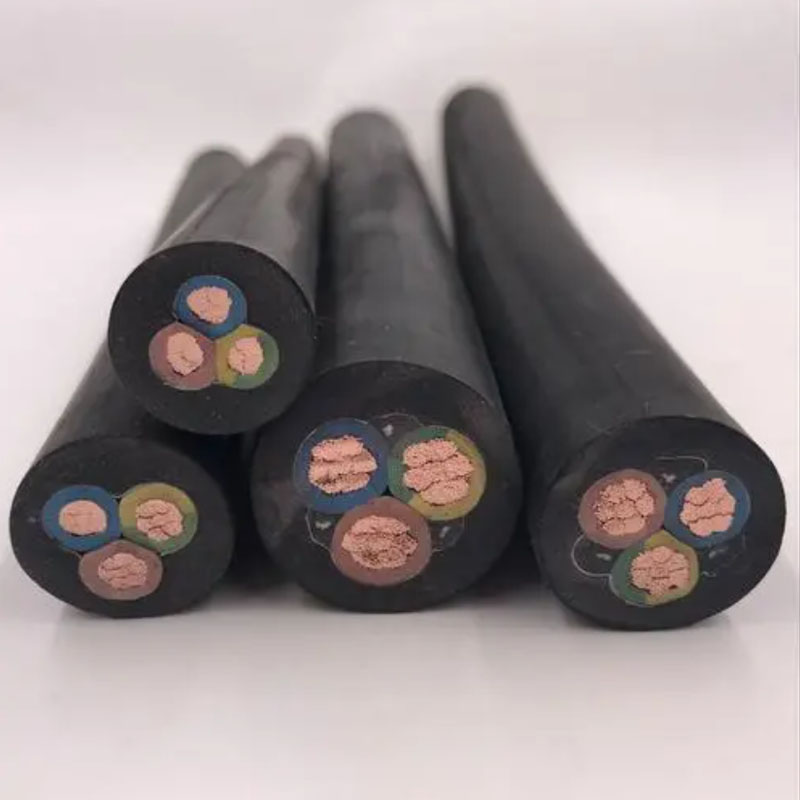
(3 core cable)
Introduction: The Integral Role of 3 Core Cable in Modern Industries
In today’s fast-paced, interconnected world, reliable cabling forms the backbone of processes across numerous sectors. The 3 core cable
stands out as one of the most prevalent solutions, vital for both power distribution and control functions. With its triple-conductor design, the 3 core cable enables robust current flow while maintaining insulation between phases, ensuring maximum safety and efficiency. Its adoption is widespread in industrial automation, commercial infrastructure, renewable energy installations, and smart buildings. Due to regulatory standards demanding increased reliability and safety, the demand for complex cabling—like the 6 core control cable product—has also surged. Choosing the right supplier and company for these cables can have lasting effects on project performance, safety, and operational cost.
Technical Specifications and Performance Data
Core cable selection is fundamentally about matching technical parameters to application requirements. Typically, 3 core cable is manufactured with copper or aluminum conductors, and insulation crafted from PVC, XLPE, or low-smoke, zero halogen (LSZH) materials. Current ratings for 3 core cables can exceed 25A at 1.5mm² cross-section and rise substantially with thicker gauges, supporting a diverse load spectrum. For comparison, 6 core control cable products expand signal transmission or multi-pole power within a single sheath, crucial for complex processing equipment and remote control systems.
| Cable Type | Nominal Voltage | Conductor Material | Current Rating (1.5mm²) | Max. Operating Temp (°C) | Sheath Material |
|---|---|---|---|---|---|
| 3 Core Cable | 0.6/1 kV | Copper/Aluminum | 25-30A | 70 - 90 | PVC / XLPE / LSZH |
| 6 Core Control Cable | 300/500 V | Copper | 20-25A | 70 - 105 | PVC / PE / LSZH |
Enhanced flame retardancy, oil resistance, and high flexibility are typical enhancements in control cable manufacturing. According to the International Energy Agency, global demand for industrial cables is projected to grow at a CAGR of 5.8% through 2030, largely driven by automation upgrades.
Comparing Leading 6 Core Control Cable Companies
The market for control cables is highly competitive, with several prominent 6 core control cable company options available worldwide. Selection often comes down to factors like compliance with international certifications, delivery timelines, customizability, and post-sale support. Here is a side-by-side comparison of top suppliers in the control cable sector:
| Company | Certifications | Annual Output (KM) | Custom Design Service | Delivery Time | Global Reach |
|---|---|---|---|---|---|
| Prysmian Group | ISO, IEC, UL | 200,000 | Yes | 2-4 weeks | 100+ countries |
| LS Cable & System | ISO, IEC, CCC | 180,000 | Yes | 3-5 weeks | 80+ countries |
| Omega Cables | ISO, RoHS | 120,000 | Limited | 4-6 weeks | 55 countries |
| Local Supplier | ISO, Local | 45,000 | Yes | 1-2 weeks | Regional |
These data-driven comparisons illustrate that while global giants offer wide-ranging certifications and global delivery, local 6 core control cable supplier options often provide agility and responsive customization for smaller-scale or urgent projects.
Customizable Solutions for Complex Installations
With automation systems and site-specific requirements becoming more intricate, off-the-shelf wiring rarely suffices. Both 3 core and 6 core control cables can often be customized to support precise color coding, flexible armor, UV resistance, halogen-free envelopes, and unique diameter tolerances. Established suppliers work alongside OEMs and EPC contractors to develop solutions that meet both technical standards and regional compliance regulations.
These tailor-made solutions address challenges such as space constraints, variable environmental stresses, and electromagnetic interference. For example, in offshore oil platforms, cables may be required to meet stringent flame retardancy and low-toxicity smoke emission standards, while semiconductor fabrication plants may require reduced particle emission and ultra-flexible cable jackets for robotic arms.
Application Scenarios and Case Studies
Real-world applications offer the most persuasive evidence of value and performance. In manufacturing automation, 3 core cable is extensively used for powering asynchronous motors, drive systems, and lighting circuits. In contrast, the 6 core control cable product finds its niche in complex relay logic panels, centralized control rooms, and safety interlock systems.
Case Study 1: Automated Conveyor System
Industry: Automotive Assembly
Scope: Integrating over 1,200 meters of 3 core cable for powering distributed conveyor motors. Downtime decreased by 22% due to enhanced reliability and signal separation.
Case Study 2: Pharmaceutical Plant Control System
Industry: Pharmaceutical Manufacturing
Scope: Custom-engineered 6 core control cable solution with 80% halogen-free construction, meeting rigorous FDA cleanroom standards. Achieved 100% operational uptime during 12-month evaluation.
Case Study 3: Renewable Energy Microgrid
Industry: Green Energy
Scope: Utilization of both 3 core and 6 core cables for coordinated hybrid solar and wind installations. Reported 18% gains in installation speed and 15% lower maintenance costs.
Future Trends and Sustainability Considerations
As digitalization accelerates, next-generation cabling is expected to incorporate even more advanced features: self-healing insulation, increased miniaturization, integrated sensor technology, and real-time performance monitoring. Sustainability is also becoming paramount. According to recent research from Grand View Research, eco-friendly cabling (including halogen-free, recyclable sheathings) is projected to comprise 35% of all new cable installations by 2028. Companies are investing in closed-loop recycling and lifecycle analytics to reduce the carbon footprint of control cable production and disposal.
Additionally, the rise of “Industry 4.0” demands cabling that not only delivers power but also gathers data, communicates operational status, and simplifies predictive maintenance efforts, ensuring resilience against cyber threats and physical hazards.
Conclusion: Why 3 Core Cable Is the Go-To Choice for Control Needs
Selecting the appropriate 3 core cable or branching into 6 core control cable supplier solutions is about more than just technical compatibility—it is a critical driver of efficiency, safety, and profitability. Best-in-class suppliers provide multi-disciplinary support, rigorous quality assurance, and the flexibility to address unique installation scenarios. As industries continue to grow increasingly sophisticated and sustainability becomes integral, 3 core cable remains a fundamental platform for progress, keeping operations reliable, scalable, and future-ready.

(3 core cable)
FAQS on 3 core cable
Q: What is a 3 core cable used for?
A: A 3 core cable is typically used for wiring electrical devices that require an earth connection, providing live, neutral, and earth conductors. It is commonly applied in lighting and power circuits.Q: What are the key features of a 6 core control cable product?
A: A 6 core control cable product offers six insulated cores for transmitting control signals or low voltage power. These cables are favored for automation systems due to flexibility and clear identification.Q: How can I find a reliable 6 core control cable company?
A: To find a reliable 6 core control cable company, look for established manufacturers with good customer reviews and quality certifications. Check for product range and after-sales support.Q: What should I consider when choosing a 6 core control cable supplier?
A: When choosing a supplier, consider factors like product quality, delivery efficiency, and customer service. It's also important to check compliance with industry standards.Q: Can 3 core cables be used as a substitute for 6 core control cables?
A: No, 3 core cables don’t provide enough conductors for applications needing six discrete connections. Always use the correct cable type for safety and compliance.-
The Quantum Leap of XLPE Cable in Power DistributionNewsMay.29,2025
-
Mastering the Essentials of Building WireNewsMay.29,2025
-
Innovative Horizons of Rubber Trailing CablesNewsMay.29,2025
-
Exploring the Versatile World of Rubber CablesNewsMay.29,2025
-
Decoding the Mysteries of Building CablesNewsMay.29,2025
-
Advancements Redefining Control Cable TechnologyNewsMay.29,2025
-
Why It's Time to Replace Old Rubber CablesNewsMay.28,2025





